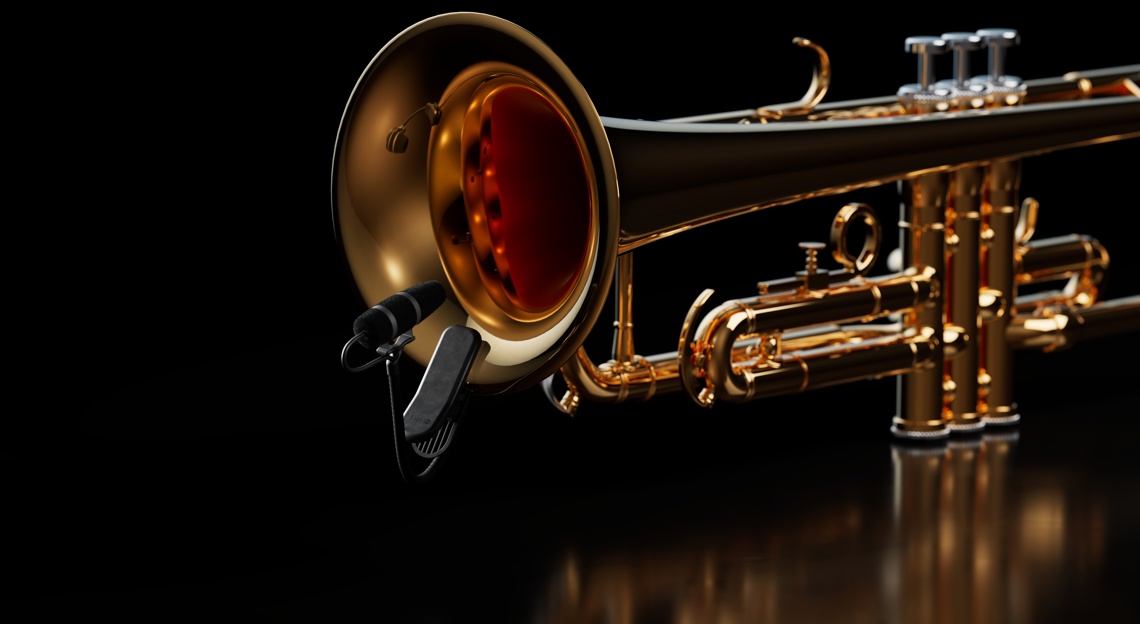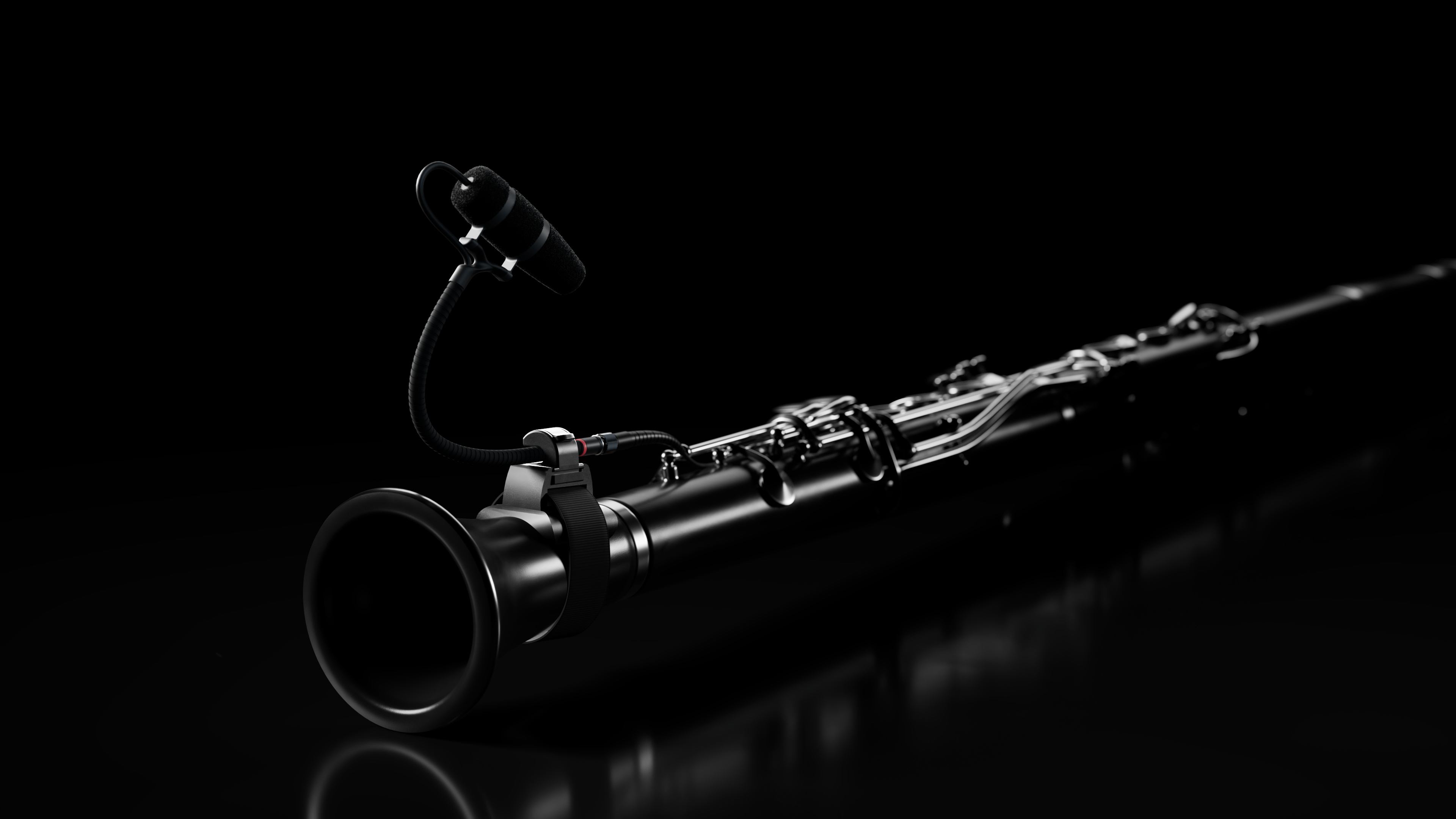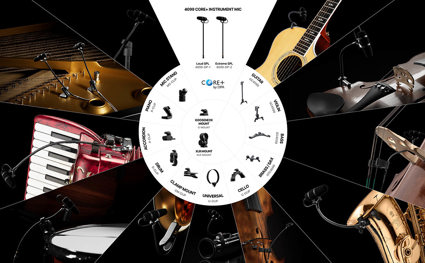How to mic woodwinds and brass
There are many commercial recordings on the market, clearly demonstrating that microphone overload is a problem. Some instruments (brass, drums, percussion) can deliver peak sound levels far in excess of 140 dB.

At a distance of a few centimetres it can be higher. Needless to say, this calls for a microphone design that can handle these levels without clipping and still have low enough noise floor to make a digital recording.
Sound pattern
Every musical instrument projects its sound in a pattern that, depending on frequency range, varies between (almost) omnidirectional to strongly focussed in one or more directions. This includes heart-shaped, butterfly, and figure of eight. The recording space and the relationship each instrument has to it depending on placement also have an effect on the pattern as it relates to the microphone.

Proximity and close-miking
Most instruments have developed over a long period of time - sometimes even centuries - to become the type of musical instrument we know today. Most original instrument designers never intended for their creations to be listened to in close proximity. Historically, the minimum distance from which people would listen to any musical instrument was at least a two metres and often considerably more (1st ,10th or 20th row in a hall). At these distances, there is a good blend of the fundamental and the even and odd harmonics, along with early reflections and distant room reverberations.
These parameters, which in the past characterised the tonal quality of an instrument, must now be looked at in an "up front" or "in your face" situation. As a recording engineer it is your responsibility to add the beneficial properties to the sound that distance creates in your "close miking" technique. Just listen close to the bow of a violin or put your face to the hammer of a concert grand, and compare this to the sound that occurs from a moderate distance, and you know what we mean. Close miking increases the mechanical sounds of hammers, valves, bows, and sticks. These problematic sound components need to be watched and addressed.

Close to an instrument the sound pressure level, harmonic content, and mechanical noise signals vary and increase considerably. Sometimes when positioning the microphone, a single centimetre of distance in or out, or a ten degree of angle change of the mic placement can balance these undesired sounds. At the same time you need to be balancing harmonic changes that have occurred because the microphone is so close. For a good quality recording using close miking techniques, it is vital to keep this in mind.
Directional characteristics
Polar patterns need to be studied and learned. They are created by the instrument, space, and microphone. If you do this daily, in just a few years you will acquire a vast knowledge of polar frequency patterns of instruments and how they affect each other in many situations. This will become very useful when recording multiple instruments at the same time. (i.e. where to place the french horn players with regard to tuba, saxophone, oboe, or flute etc.)

